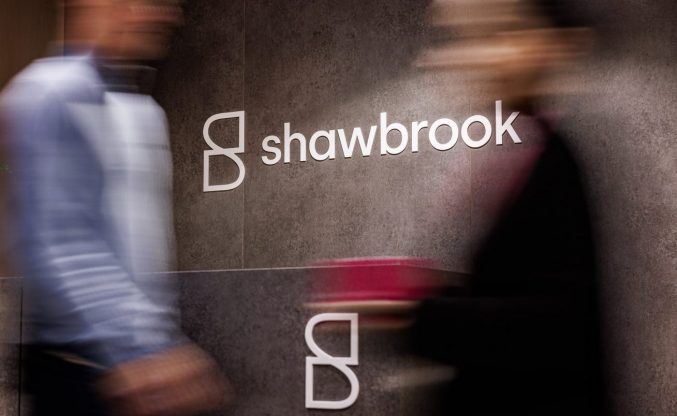Non-Status Bridging Loans – A Guide
By Helen Jackson

Searching for a bridging loan can be overwhelming, particularly with so many options.
You might have heard of the term “non-status bridging loans” in your search and wondered what it is.
In this guide, we’re exploring the difference between a non-status bridging loan and a standard bridging loan, who applies for them and the benefits and risks associated with them.
We’ve got you covered if you’re looking for a trustworthy bridging lender — compare lenders in our directory.
What is a non-status bridging loan and how does it differ?
Non-status loans are faster to secure than a standard bridging loan. This is because they’re not regulated by the Financial Conduct Authority (FCA) — which means fewer hoops to jump through. A non-status bridging loan is based on the potential of a development project; your credit score or credit history isn’t typically taken into account.
Who uses non-status bridging loans and why?
A non-status bridging loan can be used by investors or property developers looking to access fast finance to help with their development projects. A property developer might use a bridging loan over other forms of finance because it’s quick and flexible — and as long as you have an exit strategy, the lender will usually lend you the loan you need.
Other reasons you might use a non-status bridging loan:
- You have poor credit
The lender does not consider your credit history when granting loan applications. Instead, they care about whether you can repay the loan with property or another asset.
- You have no income
As long as you have an asset or another solid exit strategy and you can easily repay the loan, you’re attractive to lenders.
What are the benefits of a non-status bridging loan?
As a non-status bridging loan isn’t regulated, this means the process from application through to having the money in your hands is much quicker than with a regulated bridging loan. It’s worth noting that all commercial bridging loans are unregulated.
Aside from accessing fast finance, the upside of non-status bridging finance is that you don’t have to worry about whether your income is stable enough or your credit history is squeaky clean. Lenders will lend bridging finance based on the asset and respective exit strategy only.
And whereas other bridging loans are secured with assets including property and land, a non-status bridging loan can be secured with soft assets, including pensions and even your investment portfolio. Be advised this isn’t guaranteed, so check with your lender before you apply.
What are the downsides and risks?
With a non-status bridging loan, you may notice you receive a lower loan-to-value (LTV) on the loan, which means you have to deposit more money initially. As non-status loans pose an increased risk to the lender, you can also expect to pay higher interest rates.
Be aware that although lenders aren’t interested in your credit history, they will still check for CCJs, IVA or bankruptcies. But as the loan is based on an asset, income wouldn’t be considered unless you choose to service the loan and repay it monthly.
Can you recommend any non-status lenders?
As a directory, we have lots of specialist bridging lenders for you to choose from. Each of the trusted lenders has a directory page on our site.
You can learn more about the company, the services they offer, e.g. non-status mortgages, residential bridging loans etc., the loan rates they offer and details on how to get in touch with them directly.
You can filter our lenders by the type of finance you’re looking for: bridging finance, development finance, or FCA regulated finance.










You must be logged in to post a comment.